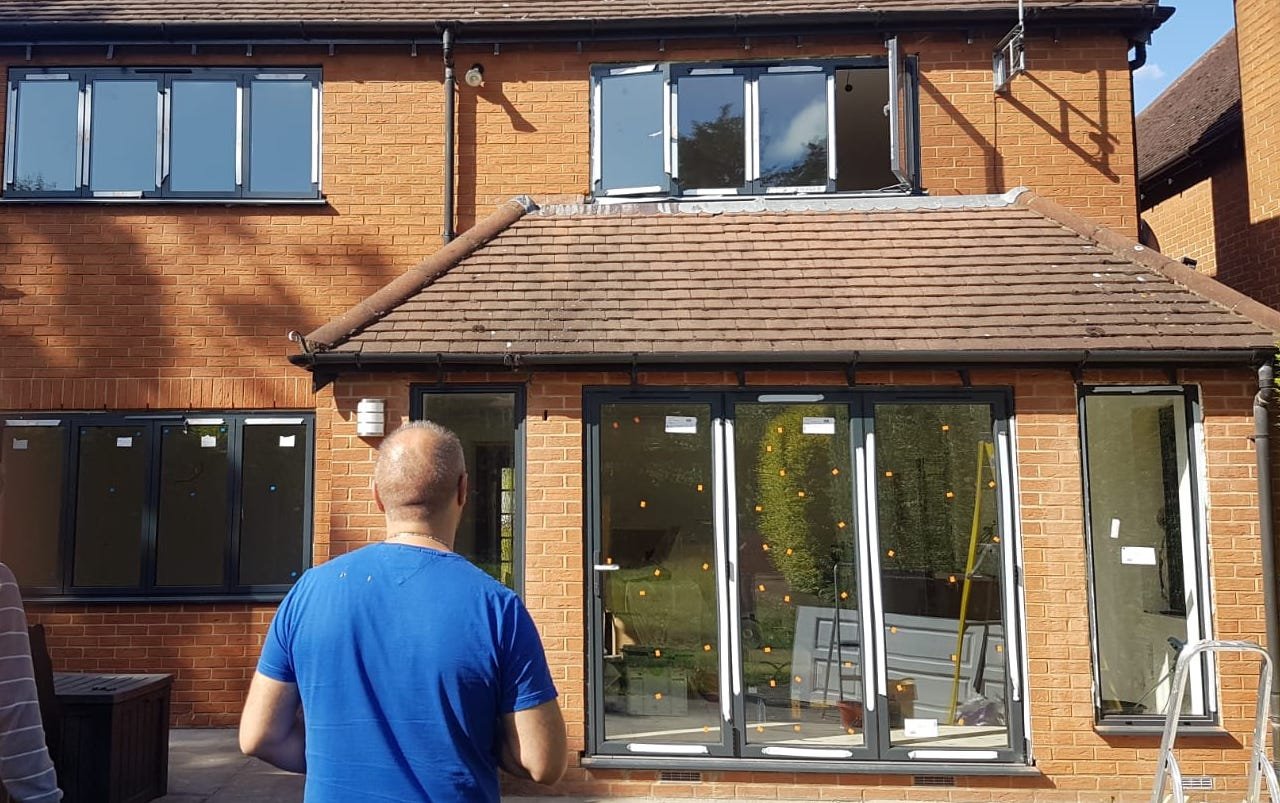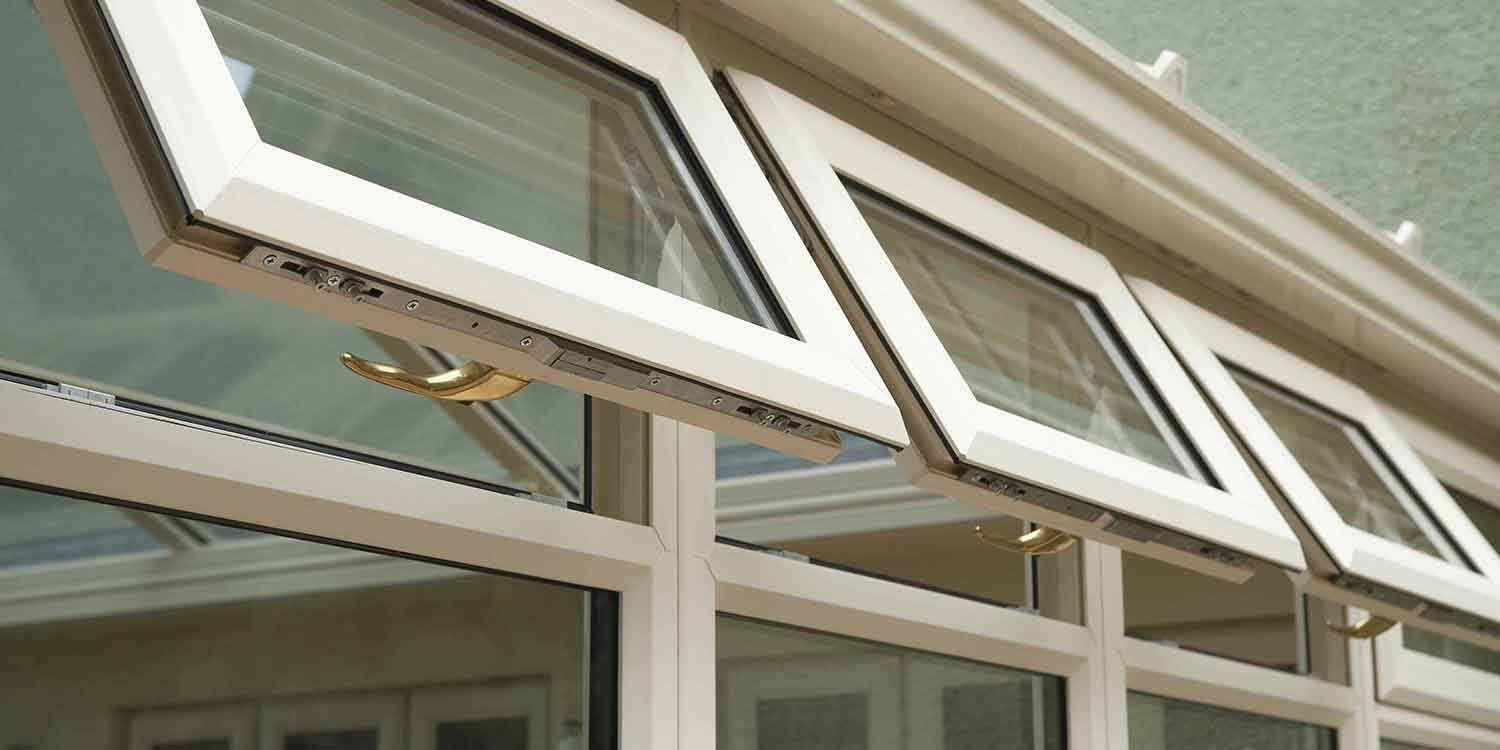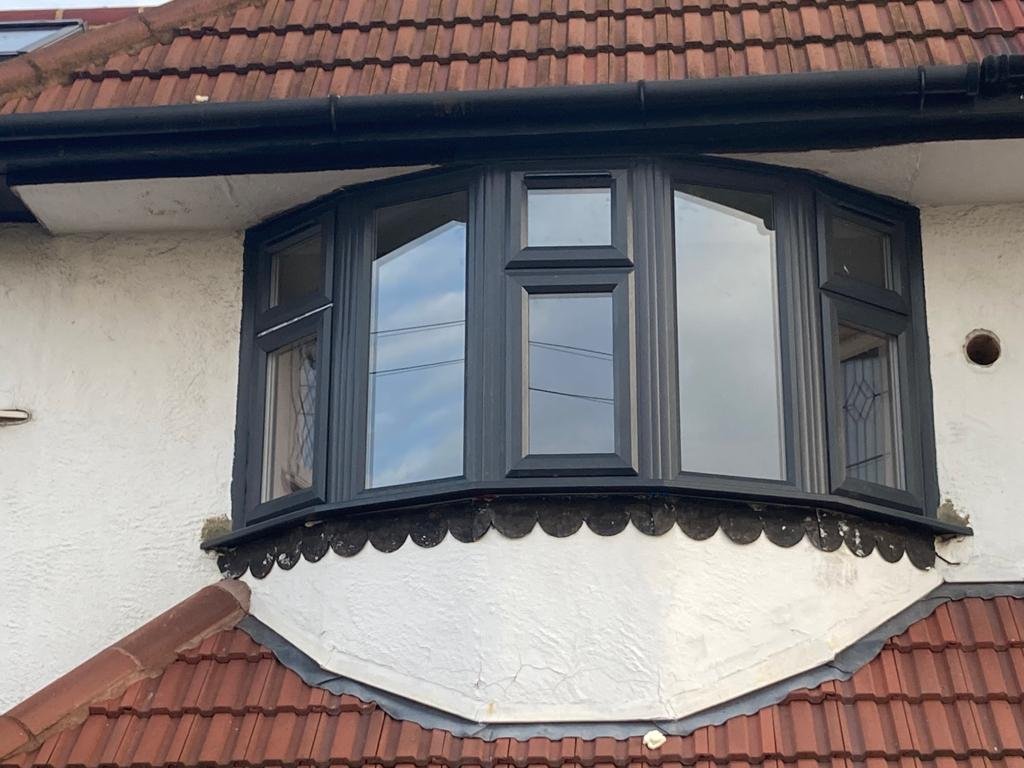What Are Insulating Glass Units?
Let’s start with the basics. Insulating glass units, often referred to as double glazing or triple glazing, are windows composed of two or three panes of glass sealed together with a space between them. This space is typically filled with air or an inert gas like argon, which provides insulation. The result? A window that’s more energy-efficient, reduces noise transmission, and enhances the comfort of your living or working space.
Why Quality Matters in Insulating Glass
You might be wondering, “Isn’t all glass the same?” The short answer is no. The quality of insulating glass can vary significantly, and these differences can have a substantial impact on your home’s energy efficiency, comfort, and even its value. High-quality IGUs can:
1. Reduce your energy bills by keeping heat in during winter and out during summer
2. Minimise condensation, reducing the risk of mould and improving indoor air quality
3. Enhance sound insulation, creating a quieter, more peaceful environment
4. Increase the lifespan of your windows, saving you money in the long run
But how can you tell if you’re getting a quality product? That’s where understanding visual quality standards comes in.
Visual Quality Standards: What to Look For
When assessing the quality of insulating glass units, there are several key factors to consider. These standards are based on guidelines set by the Glass and Glazing Federation (GGF). Let’s delve into what you should be looking out for:
Clarity and Transparency
High-quality insulating glass should be clear and free from significant visual defects. When you look through the glass, you shouldn’t notice any obvious distortions, cloudiness, or obstructions. However, it’s important to note that some minor imperfections are normal and even unavoidable due to the manufacturing process.
Bubbles, Blisters, and Spots
Small bubbles or blisters in the glass are not uncommon, but their size and frequency matter. In residential IGUs, bubbles up to 2mm in diameter are generally acceptable. Anything between 2-3mm should be limited to no more than two per square metre. Spots larger than 3mm are typically not acceptable in high-quality units.
Scratches and Marks
When inspecting your IGUs, pay attention to any scratches or marks on the glass. Fine scratches up to 25mm long are usually acceptable, provided they’re not clustered together. However, any scratches that are visible from a distance of 2 metres under natural daylight should be cause for concern.
Edge Seal Integrity
The edge seal is crucial for maintaining the insulating properties of the IGU. A high-quality unit should have a continuous seal free from significant gaps or voids. Any visible breaks or inconsistencies in the seal could indicate a potential problem.
The Importance of Proper Inspection
Now that you know what to look for, it’s equally important to understand how to properly inspect your IGUs. The inspection process isn’t as simple as pressing your nose against the glass! Here are some key points to remember:
1. Distance matters: Stand at least 2 metres away from the unit (3 metres for toughened, laminated, or coated glasses).
2. Lighting is crucial: Conduct your inspection in natural daylight, but avoid direct sunlight.
3. Angle of view: Look through the glass at a 90-degree angle, not at an oblique angle.
4. Time limit: Don’t spend too long searching for defects. A quality inspection should take no more than 20 seconds per square metre of glass.
Remember, if a defect isn’t visible under these conditions, it’s generally not considered significant enough to affect the performance or aesthetics of the unit.
Special Considerations for Different Glass Types
It’s worth noting that different types of glass may have unique characteristics that affect their visual quality:
Toughened Glass
Toughened glass, also known as tempered glass, undergoes a special heating and cooling process to increase its strength. This process can sometimes result in slight visual distortions or patterns, especially when viewed in reflection. These characteristics are normal and don’t affect the glass’s performance.
Laminated Glass
Laminated glass consists of two or more layers of glass bonded together with a plastic interlayer. Due to its construction, it may have slightly more visible imperfections than standard glass. However, these should still fall within acceptable limits.
Patterned Glass
Patterned or textured glass is a different beast altogether. The manufacturing process for this type of glass means that the usual visual quality standards don’t apply. Some imperfections that would be unacceptable in clear glass are considered normal in patterned glass.
Environmental Factors and Glass Quality
When assessing the quality of your IGUs, it’s important to consider environmental factors that can affect their appearance and performance:
Condensation
One of the most common concerns homeowners have about their windows is condensation. But did you know that not all condensation is bad? External condensation on the outer pane of an IGU is actually a sign of good thermal insulation. It occurs when the outer pane is colder than the dew point of the outside air, usually on clear, cool nights.
Internal condensation, on the other hand, can be more problematic. If you see condensation between the panes of your IGU, this indicates a seal failure and means the unit needs replacement. Condensation on the room-side surface of the glass is often a sign of high indoor humidity and may require improved ventilation.
You can read more about condensation in these articles:
Temperature Fluctuations
Extreme temperature differences between the inside and outside of your home can sometimes cause temporary visual effects in your IGUs. For example, you might notice a slight bowing of the glass or temporary fogging. These effects are usually temporary and should disappear when temperatures stabilise.
The Ada Windows Commitment to Quality
At Ada Windows, we’re committed to providing our customers with the highest quality insulating glass units. We adhere strictly to industry standards and employ rigorous quality control processes to ensure that every IGU we produce meets our exacting standards.
We understand that choosing new windows or glazing for your home or business is a significant investment. That’s why we believe in empowering our customers with knowledge. By understanding what constitutes quality in insulating glass units, you can make informed decisions and ensure you’re getting the best value for your money.
Moreover, we stand behind our products. If you ever have concerns about the quality of your Ada Windows IGUs, our team is always here to help. We’ll be happy to explain our quality standards in detail and address any issues you might have.
When it comes to insulating glass units, quality isn’t just about aesthetics—it’s about performance, longevity, and value for money. By understanding the visual quality standards for IGUs, you’re better equipped to make informed decisions about your glazing needs.
Remember, while minor imperfections are a normal part of glass manufacturing, significant defects should not be overlooked. Always inspect your IGUs carefully upon installation, and don’t hesitate to raise any concerns with your supplier.
At Ada Windows, we’re more than just a supplier—we’re your partner in creating comfortable, energy-efficient spaces. We hope this guide has shed some light on the complex world of insulating glass quality. For an even more detailed breakdown of our quality standards, including specific tolerances and inspection methods, check out our comprehensive [Visual Quality Standards Report](link-to-report). Alternatively, you can visit the GGF’s website here.
Investing in high-quality insulating glass units is an investment in your home’s comfort, energy efficiency, and value. With the right knowledge and a trusted supplier like Ada Windows, you can be confident in making the best choice for your glazing needs.
















